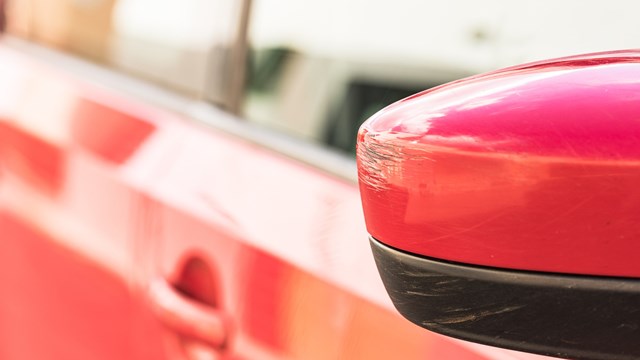Here’s a tip: right now is the best time in years to get a paving job done. This month, New York State’s Department of Transportation posted the lowest average asphalt prices in years. The DOT’s website shows prices over the last three years, and over that time, asphalt prices reached a high of $632 per ton in August of 2014. It is now at $392 per ton, almost a 40 percent drop.
If you’re not well-versed in the exotic science of asphalt and cement, you may not know that much of the asphalt mixes used in parking lots and roads everywhere contain petroleum, which acts as a binding agent for the stone mixture that we all know as asphalt. If you’ve been to the gas pump lately, you’ve probably noted the vintage prices.
How Low Can You Go?
But, petroleum product only makes up about 5 percent of asphalt material, says Dave Chesky, vice president of Falcon Engineering, LLC, which has offices in New York City, New Jersey and around the country. The bigger reason prices are so low right now is how much diesel fuel paving equipment uses; from the trucks, pavers, milling machines, and bulldozers used, they all run on diesel. And right now diesel fuel hasn’t been this cheap since 2005, well before that traumatic summer of 2008 when gas prices skyrocketed to over four bucks a gallon in many parts of the country.
With the opportune lows in asphalt and diesel, Chesky also says the cheapest time of any year to get a paving job done is right now, early spring, when the weather warms to above freezing, but when demand is still low. “Prices fluctuate on a monthly basis on this stuff, and right now there’s no demand for asphalt. Right now the plants are shifting to summer operations. Summer mixes are going to come in and prices will go up. You’ll see prices go up in the next month. As demand increases with asphalt, prices will go up,” says Chesky.
Hard downpours of rain can stall a project, but overall New York spring weather agrees nicely with paving work. “We would hold off until daytime temperatures on the surface are 40 degrees and rising through the day,” says Chesky. If temperatures drop after the asphalt is laid, no problem. A cold night will only help the asphalt cure faster.
For many boards, other budget items like the roof and facade usually take priority. Unit owners may find a pothole in the parking lot annoying, but a leaky roof is much harder to tolerate. That said, it pays to keep track of the health of any asphalt and cement surfaces.
A Long Life Span
Chesky says a good rule of thumb is to repave every 15 years or so. “That doesn’t mean after 15 years the pavement needs to be completely torn up, it’s just that after 15 years there’s enough cracks and failures,” he says. If communities take a proactive approach to asphalt surfaces, they’ll be able to avoid much costlier repairs later on.
Most asphalt constructions consists of two layers: the bottom layer, known as the base section, and the top layer, known as the wearing course section. The base section is typically four inches thick, and the wearing course section, which is the surface you drive on, makes up the top two inches or less.
When cracks and potholes grow, they expose the base section. Damage to the base section translates into more costly repairs. “So the goal is to take the top surface off, expose the base, repair it, and then put in the new wearing course down, and we've found that the longer you wait the more damage there is to the base course,” says Chesky.
Just like housing materials, pavement’s biggest foe is water penetration. “Once a manager sees cracks or fatigue, any areas of settlement, alligator cracking, those allow water to penetrate. Water is the number one culprit in the deterioration of roadways or parking lots. The more you allow water in those cracks the more damage that is done,” says Chesky.
Tom Lisi is the associate editor of The Cooperator.







Leave a Comment